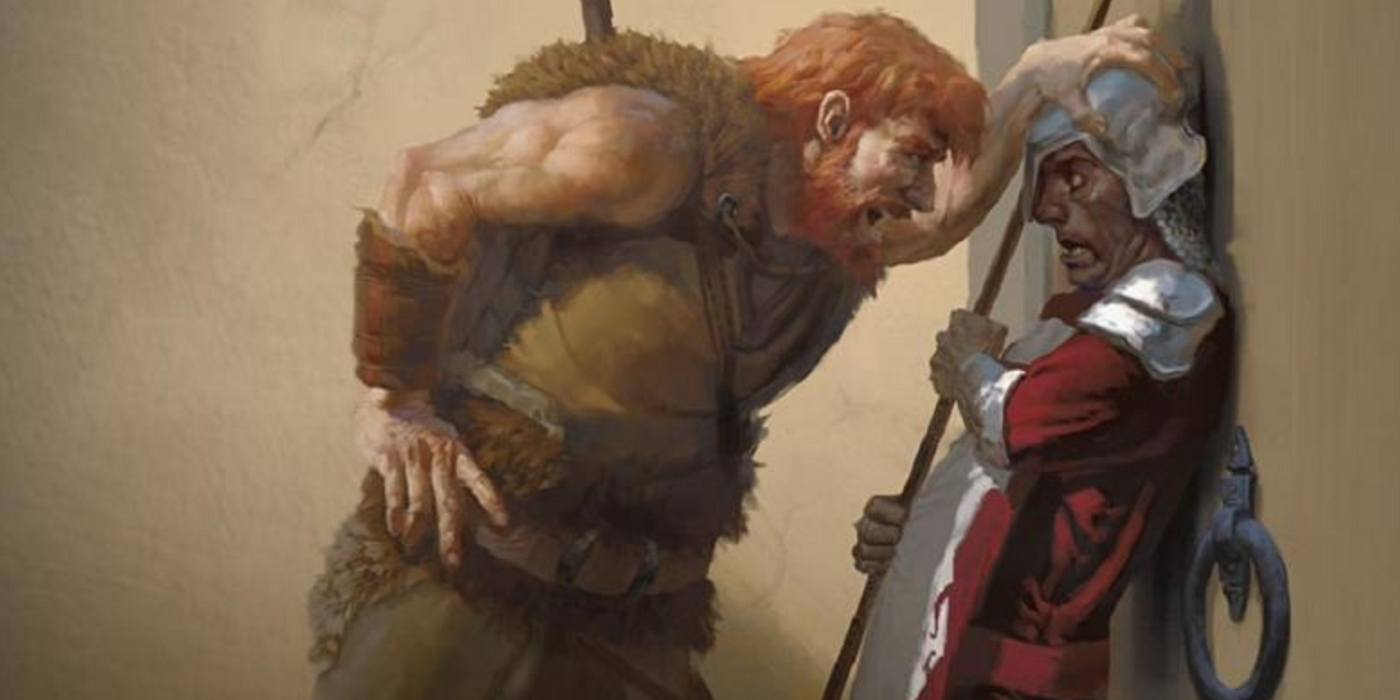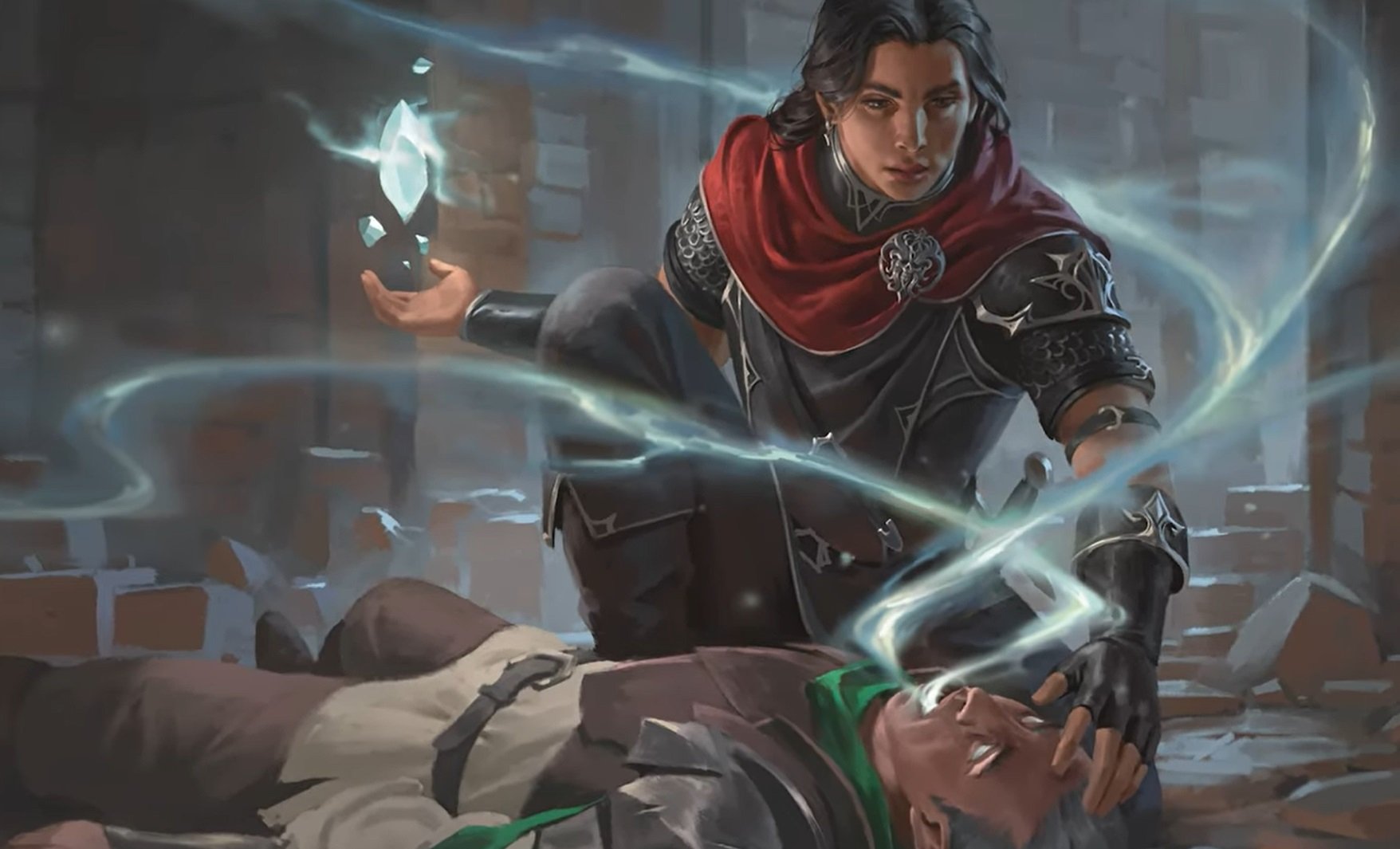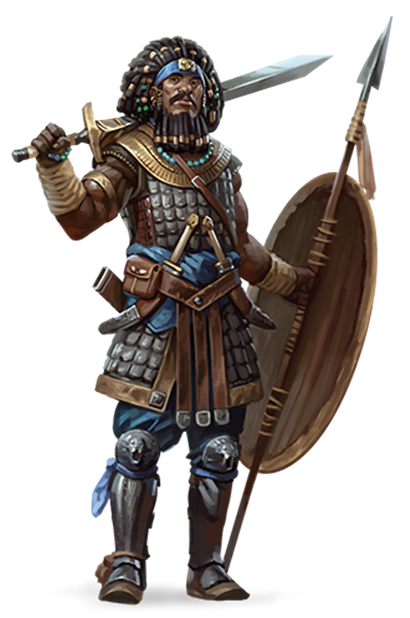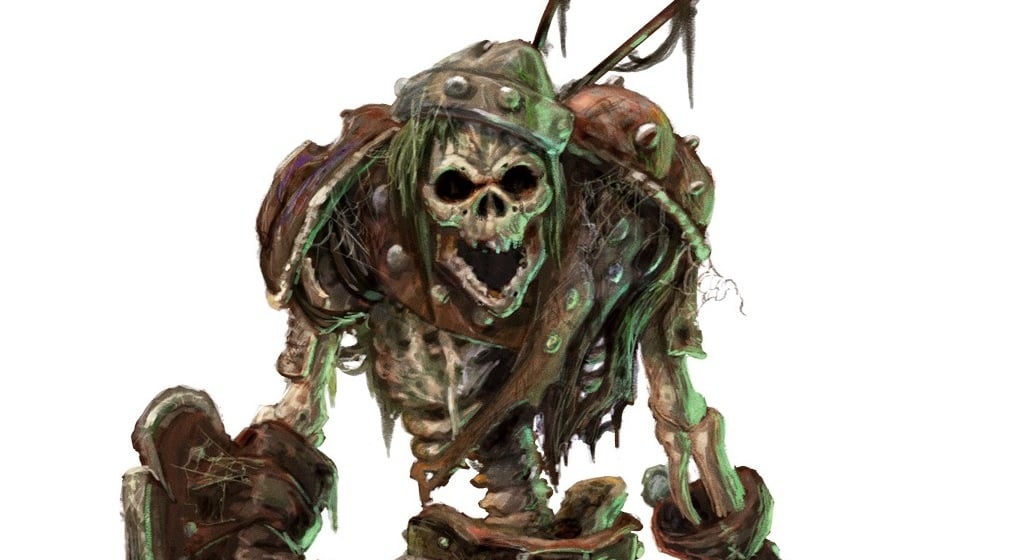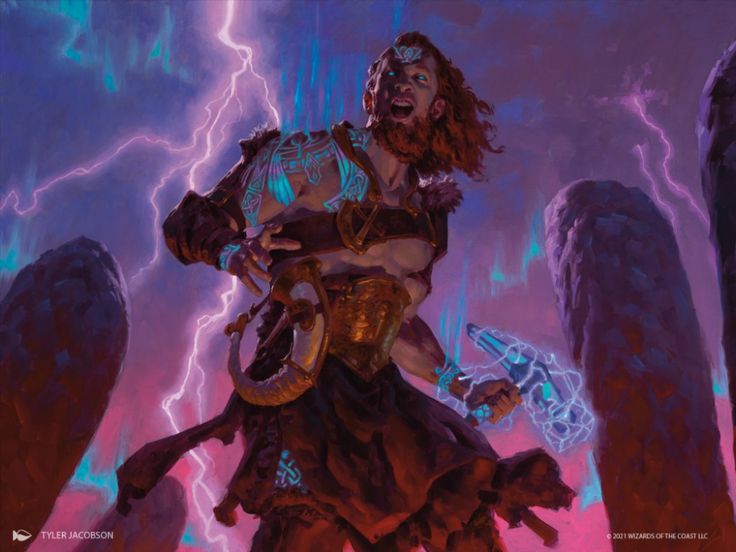D&D: Five Things to Remember When Multiclassing
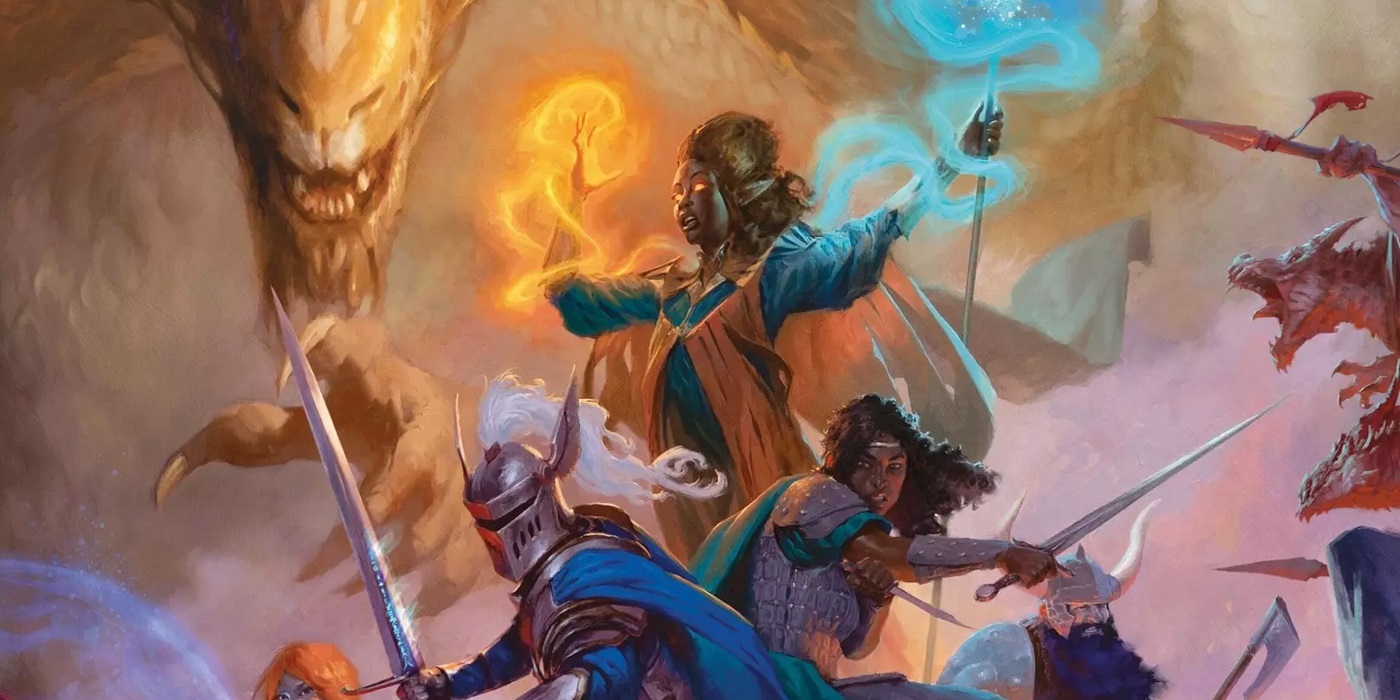
Gained a new level and eyeing a level in another class for some extra power? Here are some things to keep in mind.
Multiclassing in D&D can be a great way to boost your character’s power and expand the way you play them. You might pick up spells on a melee character, or add a bit of toughness to a more fragile caster, or maybe you unlock some sort of broken combo that makes you an unstoppable menace. Whatever your plan, multiclassing is probably the answer. But, there are a few things to keep in mind when doing it.
You Must Be This Strong/Dextrous/Constitutional/Intelligent/Wise/Charismatic to Ride
Perhaps the most important thing to keep in mind is that multiclassing requires multipotential. That is to say if you want to multiclass, there are certain stat requirements you have to hit; you need a 13 in your Primary Stat (or Stats). Both for the class you’re hoping to go into, and for the class you’re hoping to leave. So if you wanted to play a Wizard/Cleric, for instance, you need a 13 Intelligence AND a 13 Wisdom. You can find this rule on page 44 of the new Player’s Handbook, and you can find each class’s Primary Stat(s) at the beginning of their entry in the book.
You usually won’t have a problem meeting the requirement for the class you’re playing, but where this trips up a lot of folks is trying to multiclass into something with multiple stat requirements, like trying to multiclass into Paladin requires both a 13 Strength AND Charisma as well as whatever you’re multiclassing from.
Spellcasting Might Slow – But Can Be Worth It
Another important thing to keep in mind is that multiclassing can slow your spellcasting progression. For instance, if you’re playing a Druid and multiclass into Barbarian, every level you take of Barbarian is a level of Druid you don’t get. That makes sense. But where it gets weird is when you multiclass into two classes that have spellcasting capabilities.
If you’re a Bard, Cleric, Druid, Sorcerer, or Wizard, it’s pretty easy. You just add your levels together to see how many spell slots you get on the Multiclassing Caster table on page 45 of the new PHB. If you’re a Paladin or Ranger, you add half your levels (round up) to see where you’re at. And if you’re an Eldritch Knight Fighter or Arcane Trickster Rogue, you get to add 1/3rd of your levels (round down).
If you’re a Warlock? All bets are off. You can use your Pact Magic spell slots to cast spells you have prepared from classes with the Spellcasting feature, and you can use the spell slots you have from the Spellcasting feature to cast Warlock spells you have prepared. Keeping in mind the rules for each. It’s like a separate, secret magical progression you can play with.
Your First Level Gives You the Most
There’s a benefit to whatever class you pick for first level. They get the full list of core features at level 1—all the proficiencies, be they skill proficiencies, tool proficiencies, weapons or armor or shields, you get everything it says on the tin, as well as the maximum hit points for that hit die at level 1. Past that? You don’t gain all the benefits. You’ll only gain some of the proficiencies.
For instance, a Level 1 Fighter has proficiency with Light, Medium, and Heavy Armor and Shields. But multiclassing into Fighter only gets you Light and Medium Armor and Shields. So you won’t end up with Heavy Armor proficiency from multiclassing alone, you’d have to pick up a feat or something. Just worth keeping in mind. Each class has a breakdown of what you get as a 1st level character and as a multiclass character right at the start of each entry.
Power Overwhelming Can Be Nice, But Try Not to Wait Until 14th Level to Have It
One thing to keep in mind when figuring out a multiclass build, is how long it takes to “come online”—that is to say, how long before you can do the thing you’re doing. Ideally, each level you take feels like you’re moving forward with your character, developing a sense of both narrative and mechanical cohesion.
But that’s not always the case. If you find the right combo of abilities that will make you unstoppable—but you can’t actually use them until level 14, you’re gonna be waiting a while. If you get there at all. Fortunately, in the 5.5E ruleset, most characters are a little more front-loaded.
Make It Make Sense
One last thing. It will help your own sense of character if you come up with a story reason for why you’re branching out the way you are. Not that you need to come up with a reason. But for your own sense of “this is my character and what my character’s story is” it can be real helpful to try and make your multiclass choices make sense. It could be something as simple as “my Barbarian was always a little magical, and channeling primal rage unlocked the magic hidden away within their bloodline” when you multiclass from Barbarian to Sorcerer, say.
Little narrative grace notes like that can make it easier for you to get immersed in the character you’re playing, rather than just thinking of your character as a hodgepodge collection of class features you’ve cobbled together.
Happy multiclassing!

